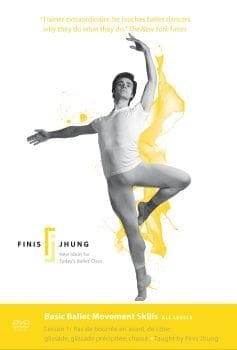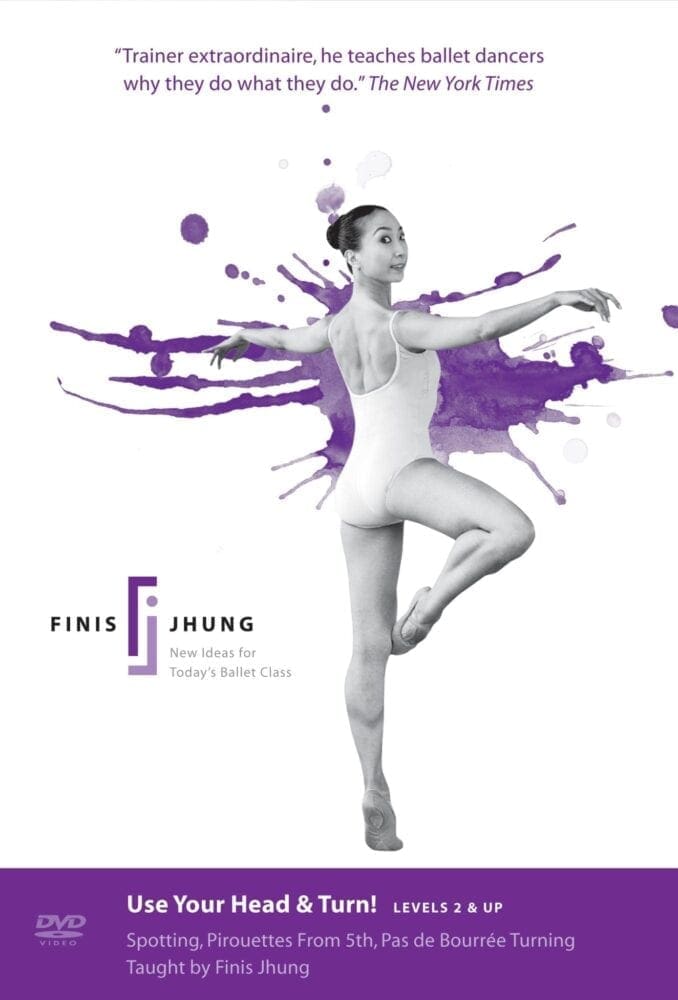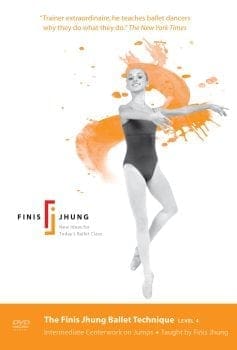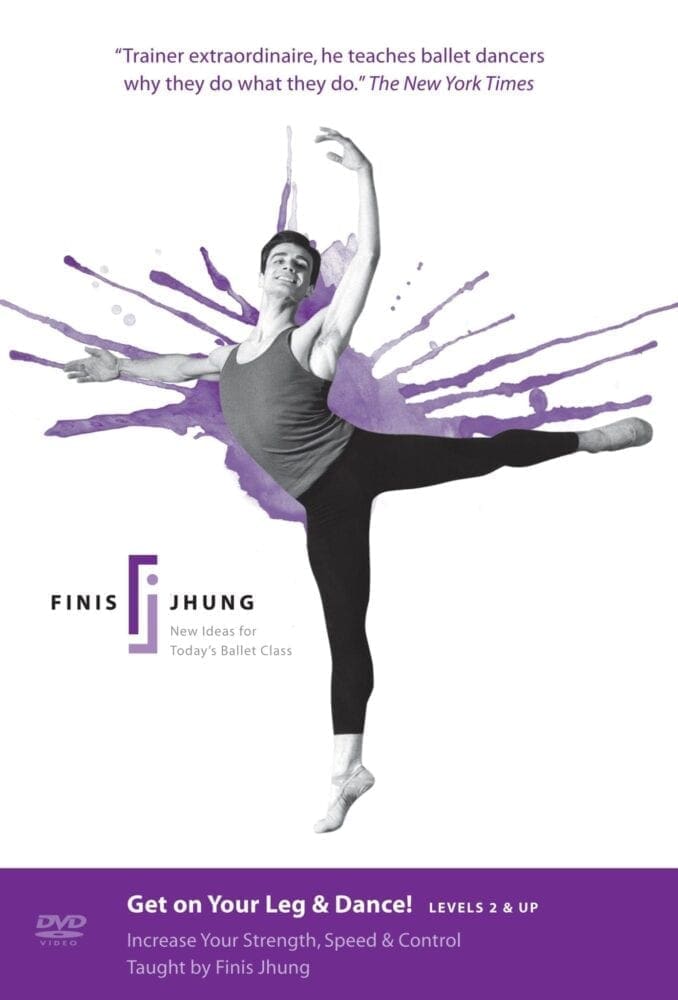Every movement you make should be powered by the action of your feet (or foot). In terms of preparing for the pirouette en dehors from the fourth position, keep the following in mind:
- Your supporting foot grips the floor in order to bring the body and legs into place for the preparatory pose and the plié.
- Your supporting foot grips the floor in opposition to the upward stretch of your head. This engages and connects all of the muscles in your supporting leg from the toes to the hip. How can you expect to line up your leg bones properly unless you engage the muscles that move them?
- Your supporting foot grips the floor in order to bring all of the weight of your body into it.
- Your supporting foot grips the floor and determines the placement of your back foot.
- Your supporting foot pushes down on the floor so that you relevé and turn on a straight leg.
- When your back toe leaves the floor that is when you turn your head and spot.
 Excerpted from my book The Finis Jhung Ballet Technique: A Guide for Teachers & Students
Excerpted from my book The Finis Jhung Ballet Technique: A Guide for Teachers & Students

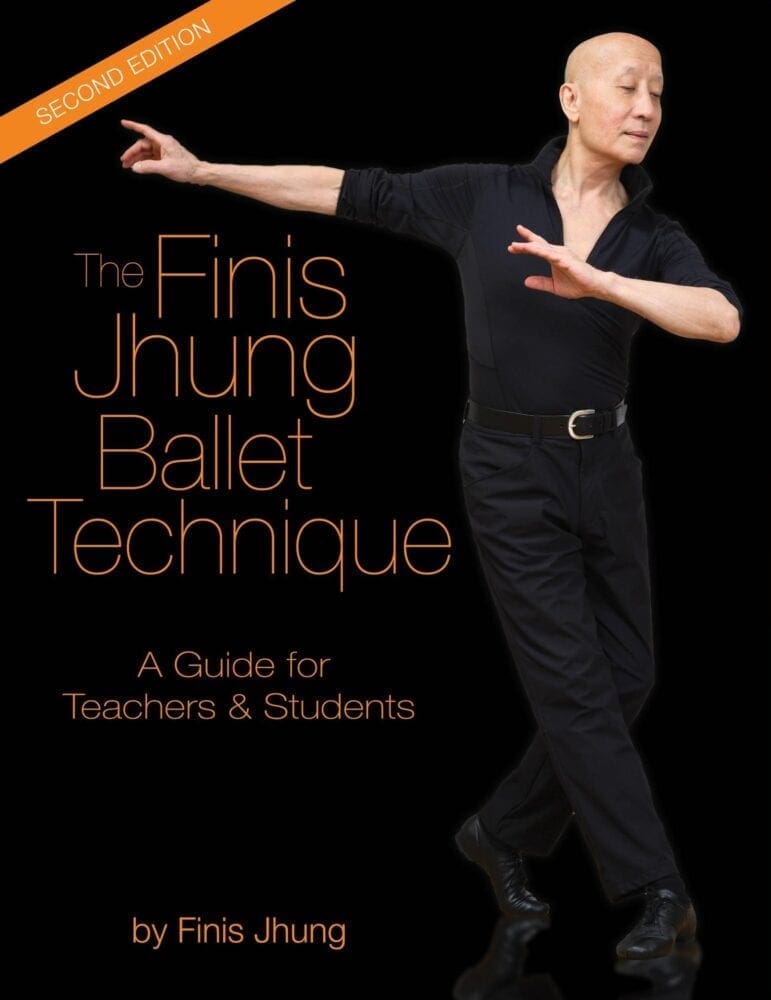
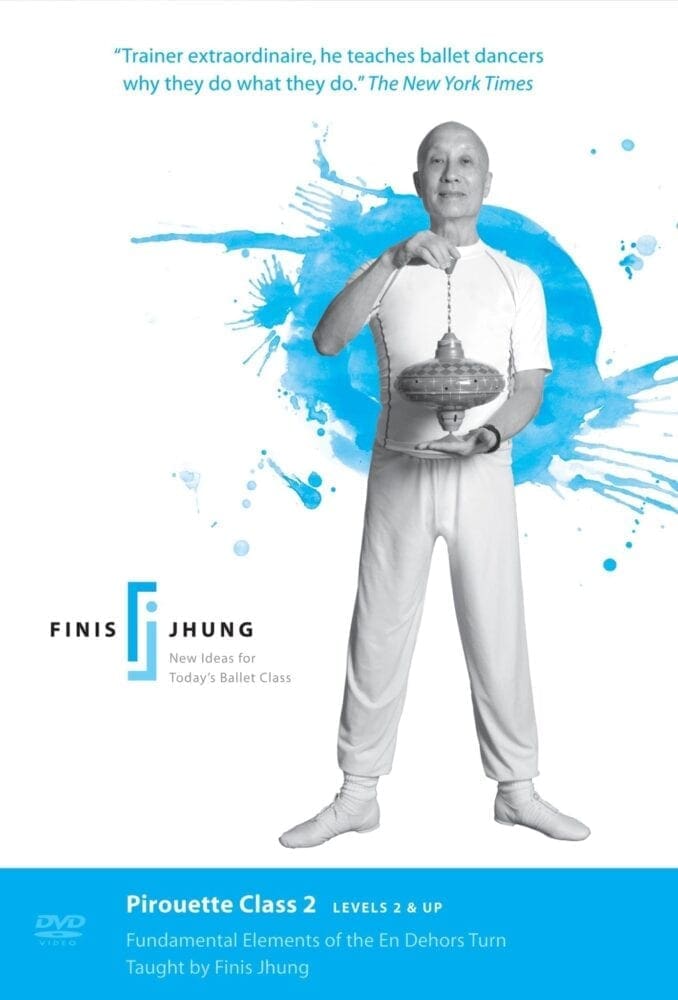
 Pirouette Reminder: When you pirouette from fourth position, and you stop and hold the plié, make sure you “double the plié”—release it a bit and give that supporting knee a second push PAST the supporting toes. This will make sure you don’t pull up and fall away from your supporting toes and, instead, enable you to drive your weight down into the floor for a well-balanced pirouette. Check out all the component parts in my instructional video “Pirouette Class 2.”
Pirouette Reminder: When you pirouette from fourth position, and you stop and hold the plié, make sure you “double the plié”—release it a bit and give that supporting knee a second push PAST the supporting toes. This will make sure you don’t pull up and fall away from your supporting toes and, instead, enable you to drive your weight down into the floor for a well-balanced pirouette. Check out all the component parts in my instructional video “Pirouette Class 2.”
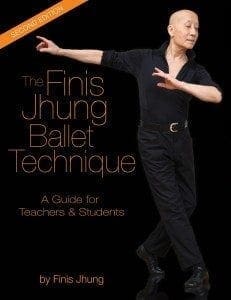 #3 Ears back!
#3 Ears back!
